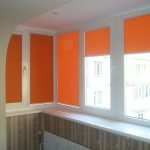There are different technologies for processing pipes, but more often they are soldered, welded or pushed into a socket. However, in some cases, for their normal operation, pressure testing of pipes is required, which checks the integrity of the structure and excludes leaks.
Pressure testing of copper pipes is performed to restore the integrity of the line and fittings. It provides for the processing of a small section, previously isolated from the main line and tested under the influence of the maximum allowable pressure.
What is pipe pressure testing

Pressure testing of steel pipes is carried out by pumping cold water into a separate section or compressed air in a large volume, due to which pressure is created, the force of which is close to critical. If during this operation the system passes the test and remains sealed, the expert will recognize it as fit for subsequent use. If leaks appear and a breakthrough occurs in the weak link, this is displayed on the pressure gauge and a decision is made on the need to revise the tested branch.
When crimping is necessary
Air pressure testing in the apartment is carried out without fail immediately after the completion of installation work (before how the line will be put into operation) or to check old systems after rebuilding works. Also, crimping is required for testing systems installed using the docking technology in coupling, since the place where the fitting meets the pipe is one of the weakest areas pipeline.
Also, air testing of the pipeline is required due to the seasonal characteristics of the pipeline operation. For example, before starting operation of the central heating system, a pressure test is performed to check all sections of the heating main.
Important! If the facility is equipped with a plastic pipeline, pressure testing is periodically performed to check the integrity of the pipeline, and is also carried out every time after cleaning. This need arises because of the risk of damage in individual sections of the water supply or joints during the cleaning process.
Another situation where such a check is required is the equipment of water wells, but here pressure testing is performed using a modified technology. The pipe is located in the borehole from the beginning, so the risk of leaks from it is not considered a key problem. The procedure is carried out in order to understand the depth of water intake from the well, on which the quality of the consumed water depends. In this regard, when carrying out pressure testing of wells, it is checked whether the transported fluid does not come into contact with the upper layers in the mine, as this can spoil it.
Preparing for the procedure
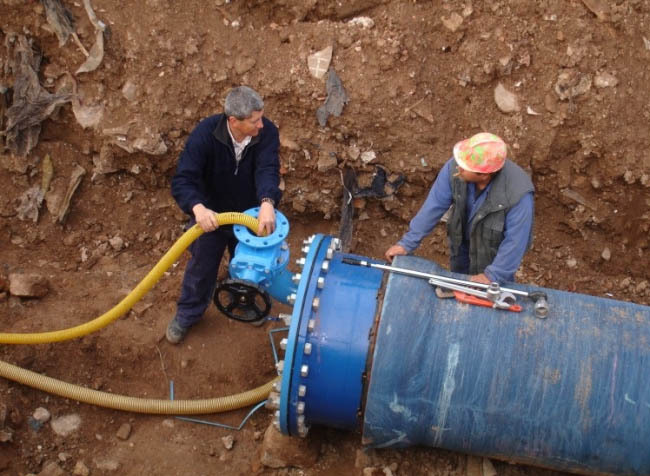
According to the rules for crimping pipelines, first of all, a visual inspection of the controlled area is performed piping to ensure that there are no obvious defects such as the loss of important parts, corrosion and others. If such violations are found, they should be eliminated before proceeding with pressure testing. If during the test there is a working environment in the system that cannot be used for testing the pipeline, the section must be completely free of it.
After that, the pipes are thoroughly washed to get rid of rust, scale, and organic and inorganic deposits. In some cases, flushing is performed using a special compressor, and as a result, a check is performed by inspection of the inner surface of the pipeline, a part of which (about 0.5 m in size) is pre-cut for studying.
If the pumping equipment is not equipped with a check valve that blocks the movement of the working medium in side of the source, and a pressure gauge, then they are installed separately after all tests.
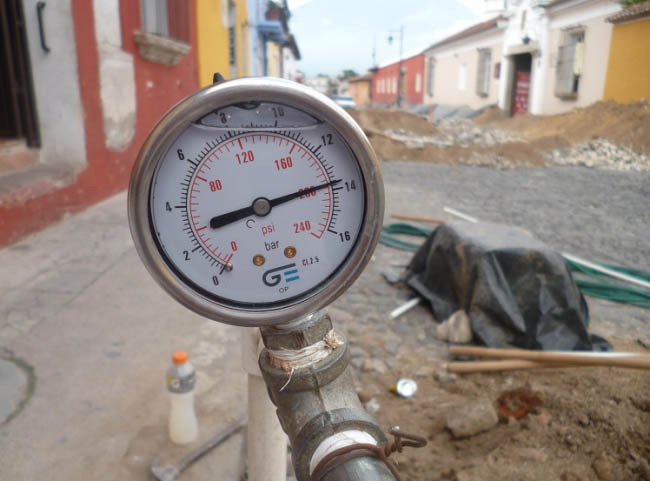
Important: If the pipeline to which the residents of an apartment building are connected is checked, a preliminary check of the heating unit associated with the system is performed. The reason for this is that the heating unit is tested at a higher pressure.
Further, the area to be checked is completely covered and carefully sealed. It is important to completely cut off the tested branch from the central water supply system before carrying out pressure testing by closing the valves on both sides. If the sewer pipeline is being tested, wooden, plastic or wooden plugs are installed on it.
Pressure equipment, pumps for crimping pipes
Depending on how powerful the pump will be used when performing pressure testing, the accuracy of the results and the duration of the work change. Low-power equipment will build up the required pressure for a long time, since the strength of a simple pressure operator is not enough for quick filling a massive pipeline with the required volume of liquid or air, and if there are leaking joints in the system, the final results will be distorted.
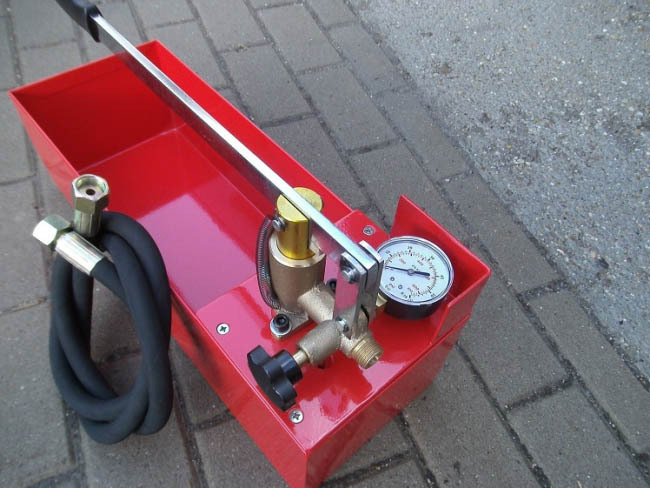
In this regard, when choosing a pump for pressure testing, one should start from the volume of the system being tested. If you need to check the home system, it is enough to use a blower, which will pump up to two to three liters every minute, while checking the heating main requires the use of circulation pumps, with the help of which the movement of liquid inside is ensured pipeline.
The order of work
After the preparation of the pipeline, a source is connected to the treated area, injecting pressure, which acts as a special a pump designed to carry out such control operations, or a conventional pump, which starts the liquid in motion along system.
The pump is connected to a branch, which must be equipped during the planning of the entire system:
- if the heating system is checked, special taps on each radiator are used;
- pressure testing of the water supply system is carried out through the taps connection pipe;
- when working with sewage systems, you need to insert the pump union into the revision - a tee, which is installed in the outlet line with a step of 40-50 meters.
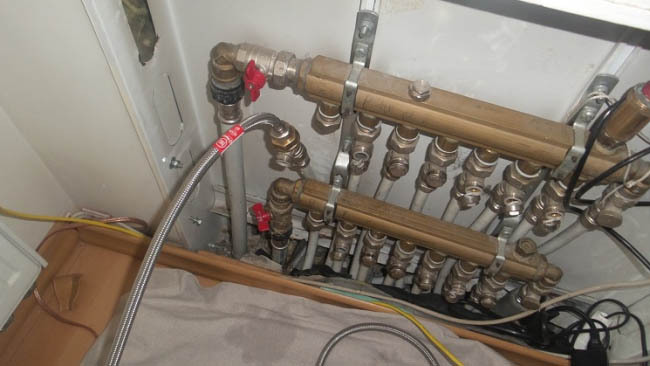
Then air or liquid is pumped into the system and the pressure stability in the system is measured. This stage is key, since air is pumped into the system through the pump through the back pressure valve, which blocks its movement in the opposite direction.
The force of pressure will vary depending on the material of the pipes used in the base of the system. For a cast iron pipeline, a pressure of 1.5 atmospheres is sufficient, while plastic gravity pipes can be tested under pressure up to 2 atmospheres. If it is required to check the pressure pipes, the pressure should be at the level of 10-15 atmospheres.
The pressure gauge is located behind the back pressure valve, otherwise it will not be possible to measure any real results.
The final crimping process looks like this:
- Air is pumped in. In parallel, the readings of the pressure gauge are monitored to check the pressure.
- After the internal pressure reaches the desired level, the charge pump is turned off.
- The primary pressure is recorded, the system is left in the current state for six to eight hours.
- After the specified period of time has elapsed, the primary value is compared with the current result.
Only if the obtained indicators in the end turn out to be the same, we can say that the tested system was hermetically sealed. Otherwise, there are leaks somewhere in the pipeline and it needs to be modified. The work must be carried out by a specialist who knows what is the correct pressure testing of pipes and how it should be carried out, as otherwise checking the system may be useless.
SNiP and safety measures during pressure testing
The pipeline test procedure and the safety standards that must be followed during its implementation are regulated by the relevant sections of the SNIP:
- 05.01-85 - rules for working with internal sanitary systems;
- 05.04-85 - rules for testing external drainage systems;
- 41-01-2003 - procedure for testing ventilation, heating and air conditioning systems.
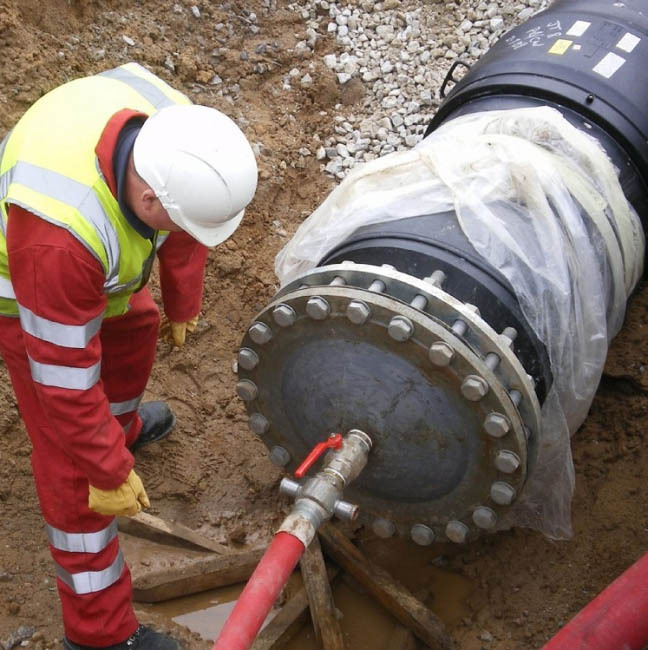
There are also several industry regulations that govern the rules for inspecting industrial pipelines in different areas.
These documents regulate what should be the pressure to check the integrity of the pipeline. This value depends, first of all, on what material the pipes are made of in the system, the permissible minimum wall thickness, as well as the height of the upper and lower elements.
When performing tests, it is important to ensure the safety of everyone involved in the process to ensure that the recommended pressure is not exceeded. To achieve this force, you must choose the right crimper or buy a model equipped with a limiter.

